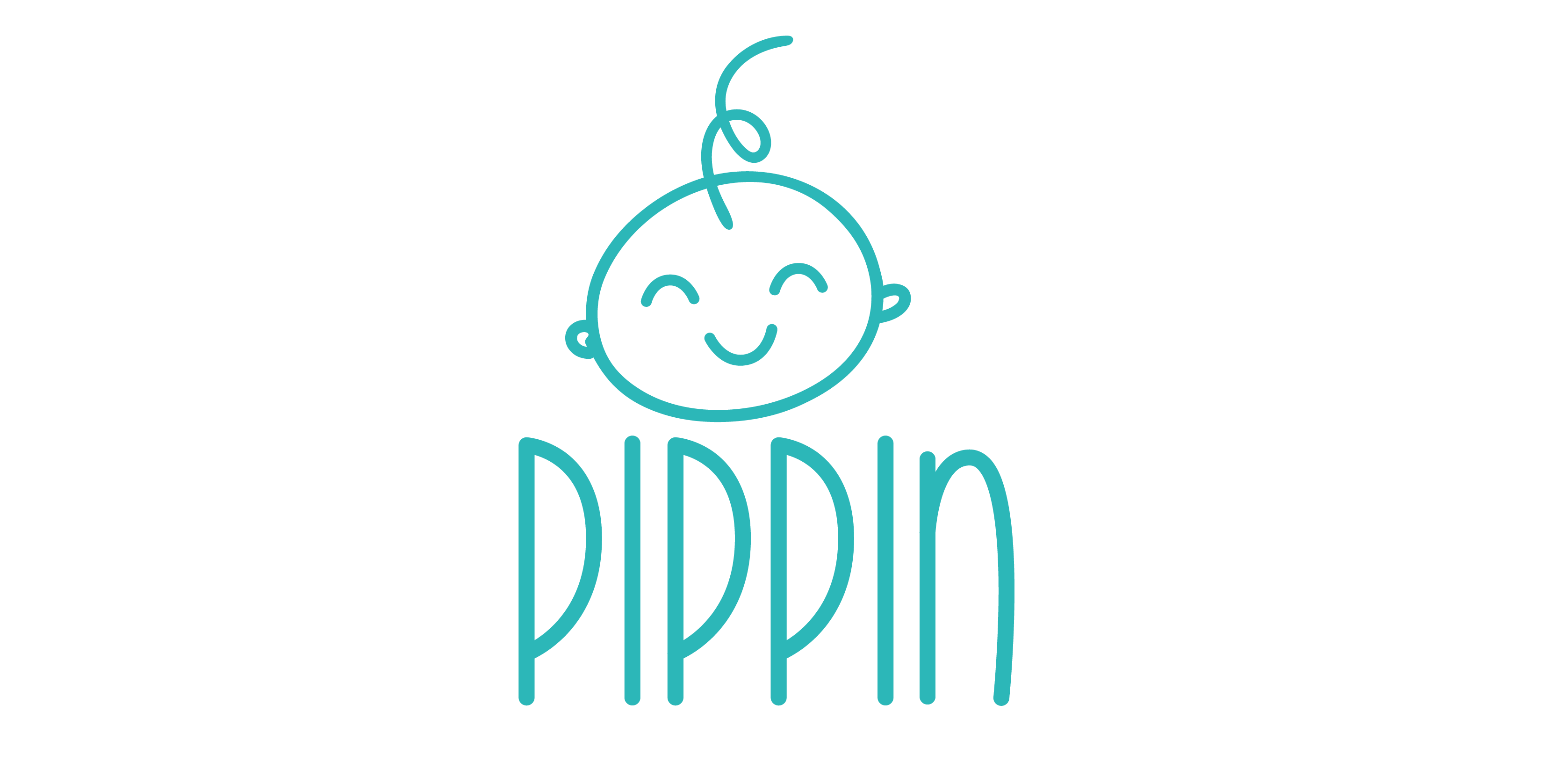Breast milk can easily qualify as nature’s most miraculous product. It provides the baby with all the necessary nutrients for development, bolsters immunity against diseases, strengthens the mother-baby bond and boosts intelligence. This is why most new moms vote for exclusive breast feeding. While it may seem easier to nurse your baby directly at the breast at first, you will most likely come across the need to start breast pumping, at a later stage. If you are a working mom who is running out of maternity leave, if your baby is having issues with the latching or sucking and is not getting enough breast milk, if you need relief from breast engorgement, or if you just need a few hours rest from your new mom duties, breast pumping is the preferred solution. While it will give you the chance to feed your baby with your own milk, it will also save you a lot of money over the years that would otherwise be spent on formula.
The secret of breast pumping is selecting the best pump that will match your requirement. Breast pumps can be manual or electrical. Manual breast pumps are easy on your pocket and come in handy if you are pumping only occasionally. But if you need to pump at more frequent intervals, an electrical breast pump will save you a lot of time and energy. Manual or electrical, it is important that you go for a good brand which is made using advanced technology to mimic the natural suction pattern of the baby.
How often you should use the breast pump depends on your requirement to express breast milk. If you are a breast-feeding mom and need only a few turns to feed your baby on expressed milk, you can pump right before the feed. If you are a working mom and have to be constantly away from your baby for longer periods, you will have to express in more frequency and more volumes and store them in a fridge. You will need to spend around 15-20 minutes at the pump per session, so you should take a comfortable position before you start pumping. The more frequent the pumping is, the more constant your milk supply will be.
One last but most important point is you need to clean all the parts of your breast pump thoroughly between each session. Wash all parts well with water and non-abrasive soft cleaner, and sterilize before using to maintain sanitation.





